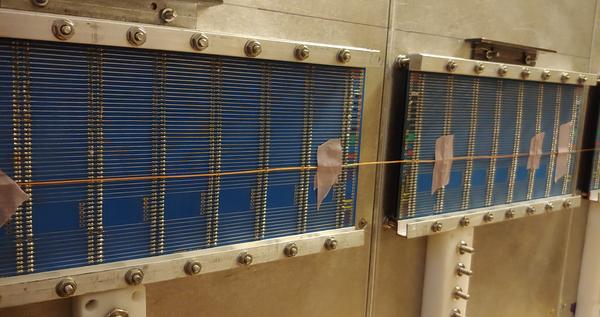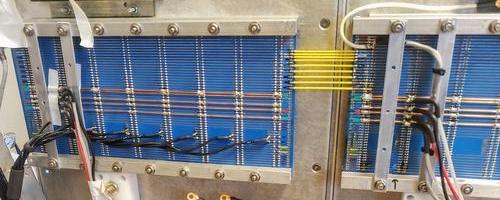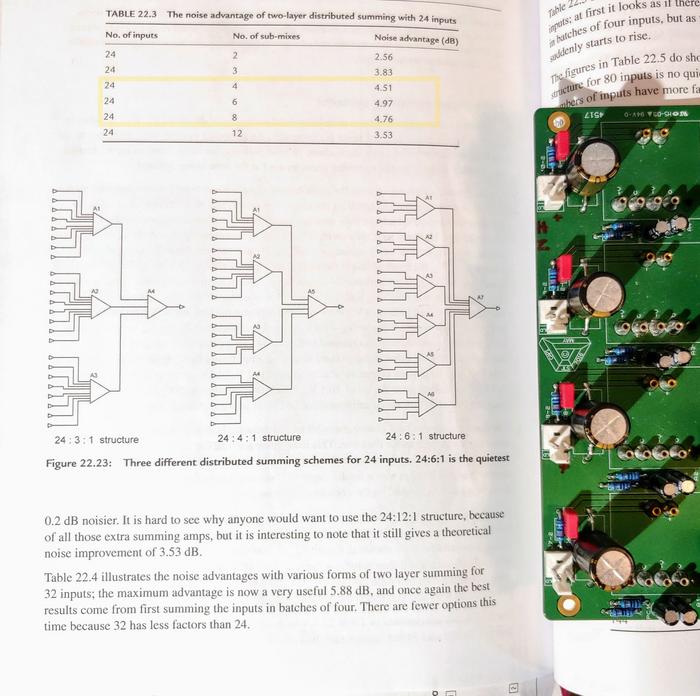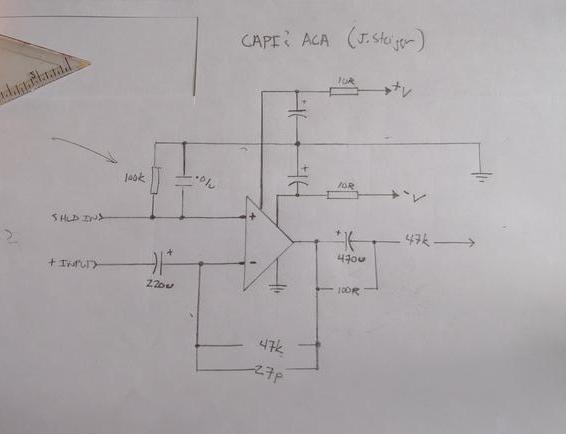boji
Well-known member
May I ask for opinions on the below method of getting aux/groups bused down to aca's?
Thought of keeping signal on an uninterrupted core seems...clean, convenient.
However, if bridging the cards at each end using FEP ribbon cable seems the wiser move, would you mind saying why?
Thank you!

Edit: Forgot to mention layout includes null (guard?) traces interleaved between signal, so plenty of room for extra wire.
Thought of keeping signal on an uninterrupted core seems...clean, convenient.
However, if bridging the cards at each end using FEP ribbon cable seems the wiser move, would you mind saying why?
Thank you!

Edit: Forgot to mention layout includes null (guard?) traces interleaved between signal, so plenty of room for extra wire.





